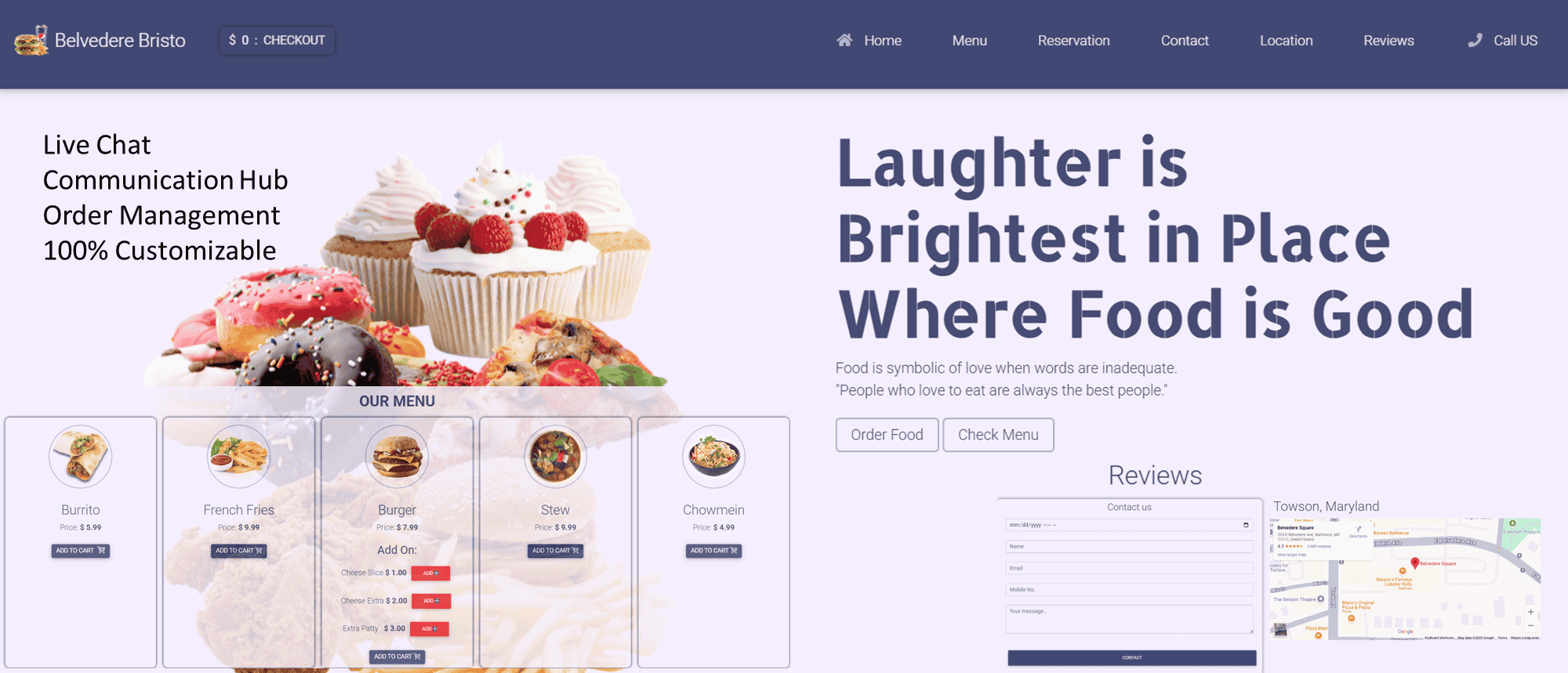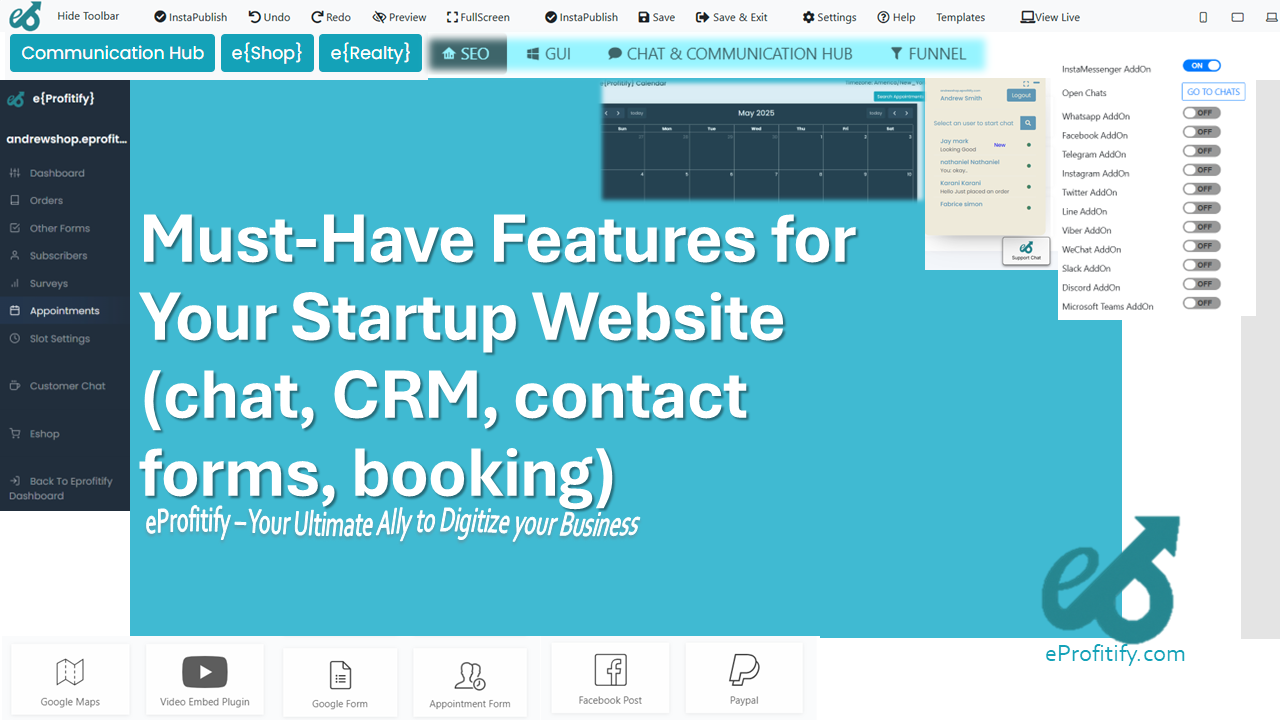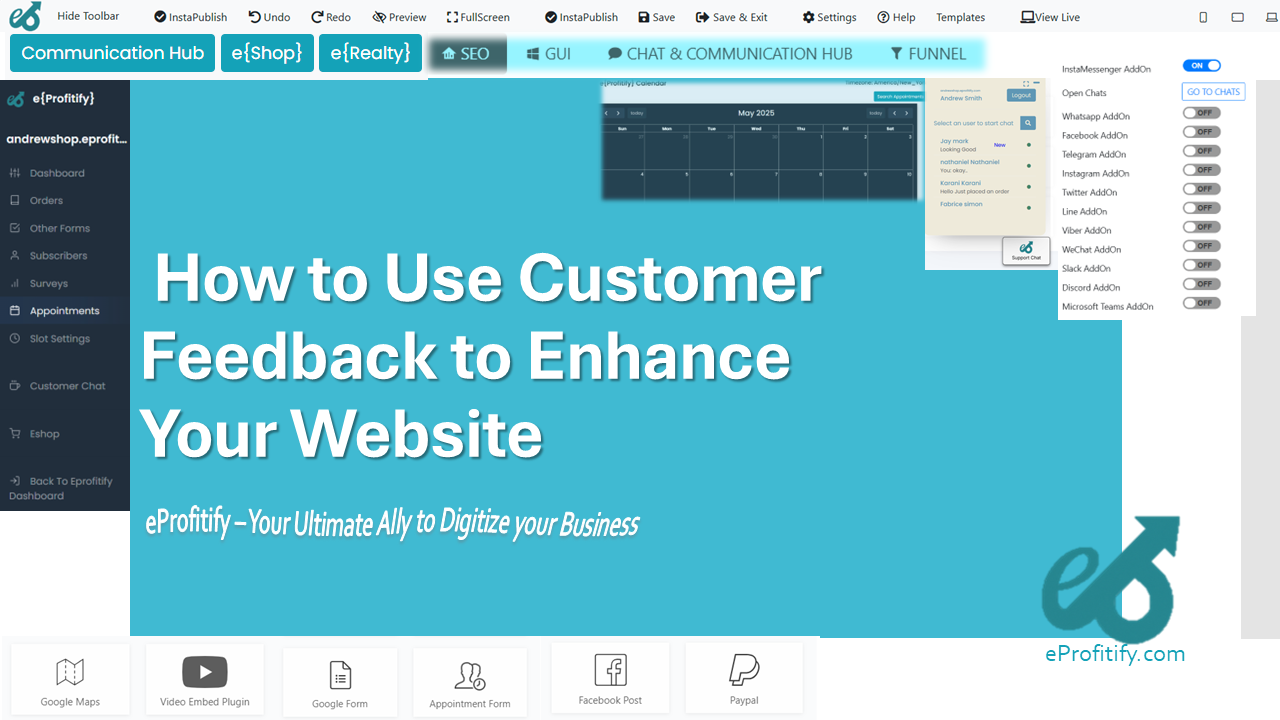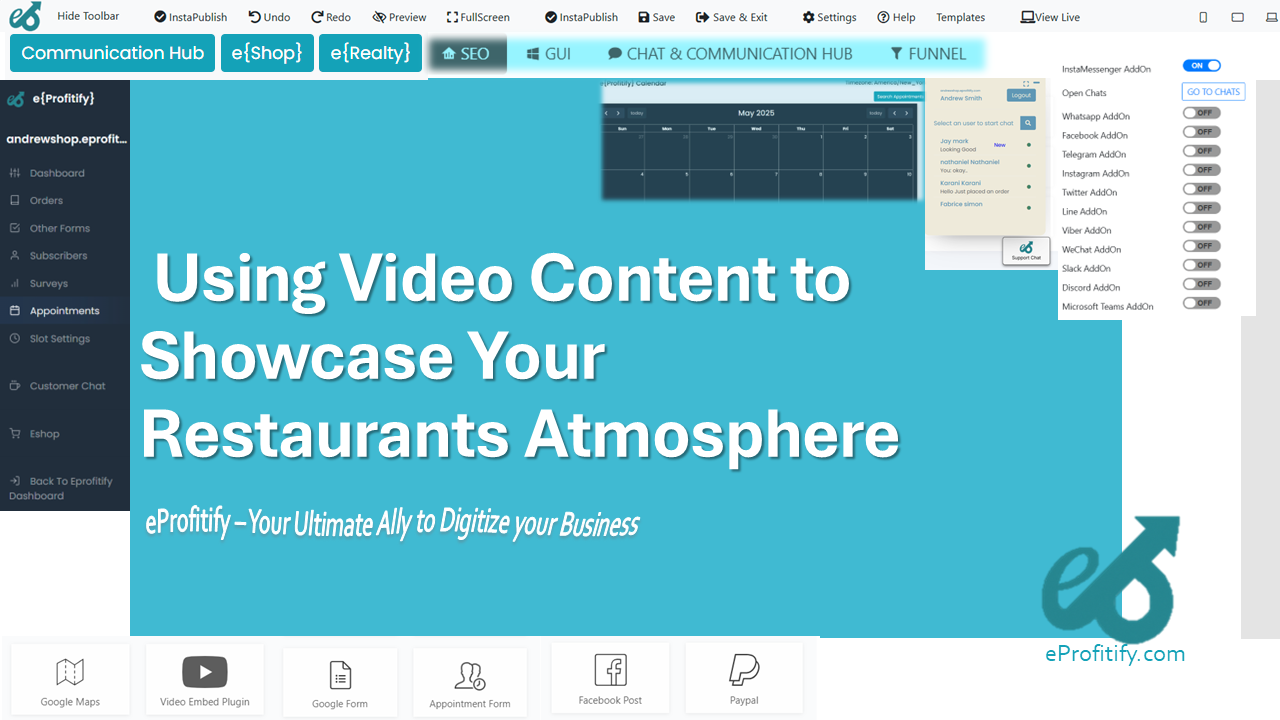How to Manage Inventory for Multiple Food Trucks
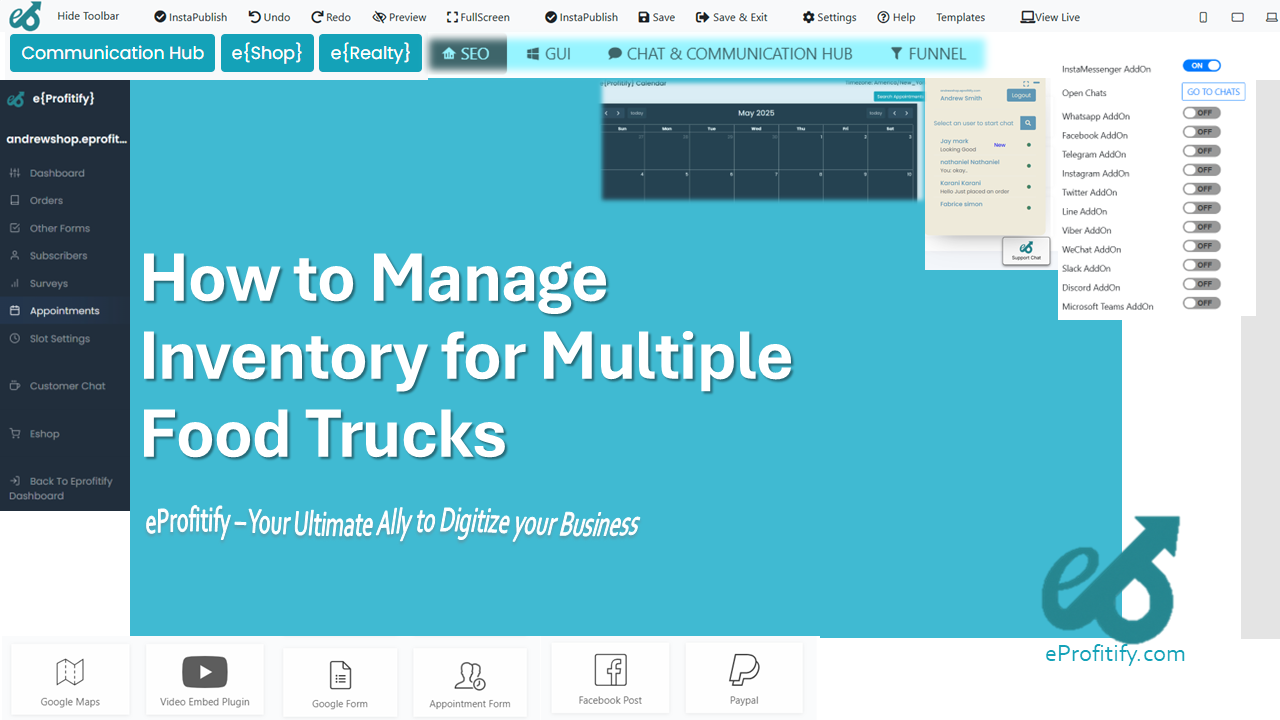
Schedule a LIVE Zoom call with an eProfitify Expert.
How to Manage Inventory for Multiple Food Trucks: Strategies, Statistics, and the Role of eProfitify
The food truck industry has exploded in popularity over the last decade, with an annual growth rate of 6.8% (IBISWorld, 2023). However, managing inventory across multiple mobile kitchens presents unique challenges, from unpredictable demand to space limitations. For operators running several trucks, efficient inventory management isn’t just a nice-to-have—it’s critical to minimizing waste, maximizing profits, and staying competitive. This article explores proven strategies for multi-unit inventory control, highlights key industry statistics, and introduces eProfitify, a leading all-in-one management platform that simplifies operations for food truck businesses.
Challenges of Managing Inventory for Multiple Food Trucks
-
Real-Time Tracking Across Locations
Coordinating stock levels between trucks is complex. Without visibility into real-time data, operators risk overstocking perishables or running out of popular items. A National Food Truck Association survey found that 42% of owners struggle with stockouts during peak hours, directly impacting customer satisfaction. -
Demand Forecasting
Unlike brick-and-mortar restaurants, food trucks face fluctuating demand based on location, weather, and events. Inaccurate forecasts lead to waste—costing the industry an estimated $2.5 billion annually in discarded ingredients (EPA). -
Supplier Coordination
Multiple trucks mean larger, more frequent orders. Delays or miscommunications with suppliers can disrupt operations. -
Time-Consuming Manual Processes
Manual inventory checks and spreadsheets are prone to errors. Operators spend 15–20 hours weekly on administrative tasks, leaving less time for growth (Food Truck Operator Report, 2023).
Key Inventory Management Strategies
1. Centralized Inventory Tracking
Implement a cloud-based system that syncs data across all trucks. This ensures inventory levels are updated in real time, allowing managers to redistribute stock dynamically.
2. Demand Forecasting with Analytics
Use historical sales data, weather patterns, and event calendars to predict demand. Businesses that leverage analytics reduce waste by up to 30% (McKinsey).
3. Vendor Management Integration
Automate purchase orders based on real-time usage. Tools like eProfitify streamline supplier coordination, ensuring timely deliveries and bulk-order discounts.
4. Reduce Waste with FIFO and Par Levels
Adopt the “First In, First Out” method for perishables and set par levels (minimum stock thresholds) to avoid overordering.
The Role of Technology: How eProfitify Transforms Operations
eProfitify is a comprehensive website publishing and management platform designed for mobile businesses. Its integrated tools address inventory challenges while enhancing customer engagement:
1. Inventory Management Module
- Real-Time Sync: Track stock levels across all trucks and central kitchens instantly.
- Automated Alerts: Receive notifications when items dip below par levels.
- Waste Analytics: Identify patterns to adjust purchasing decisions.
2. Instant Messaging & Team Collaboration
Coordinate drivers and staff via in-app messaging. If a truck runs low on beef tacos, the manager can instantly notify nearby trucks to share supplies.
3. Appointment Management System
Schedule pop-up events, maintenance, or supplier deliveries seamlessly. Reduced downtime ensures trucks operate at full capacity.
4. E-Commerce Integration
Sync online orders (e.g., pre-orders or catering) with inventory data, preventing overselling and optimizing prep schedules.
5. CRM for Customer Insights
Analyze purchase trends to anticipate demand spikes. For example, CRM data might reveal that Truck A sells 40% more vegan burgers at downtown festivals, guiding stock allocation.
6. Reporting & Analytics
Generate detailed reports on top-selling items, waste rates, and profit margins. Operators using analytics tools like eProfitify see a 25% increase in inventory turnover (FoodTech Survey, 2023).
Industry Statistics Highlighting the Need for Efficiency
- 61% of food truck failures are linked to poor inventory management (NFTA).
- Automated ordering reduces stockout risks by 50% and cuts procurement costs by 18% (Forbes).
- Food trucks using integrated software report 35% higher customer retention due to consistent menu availability.
Conclusion
Managing inventory for multiple food trucks requires agility, foresight, and the right technology. By adopting centralized tracking, data-driven forecasting, and tools like eProfitify, operators can reduce waste, boost profitability, and scale efficiently. With features spanning inventory control, CRM, e-commerce, and team collaboration, eProfitify empowers businesses to focus on what matters most: delighting customers and staying ahead in the bustling food truck industry.
Investing in a holistic management platform isn’t just a smart move—it’s a recipe for long-term success in an industry where margins are tight and competition is fierce.

